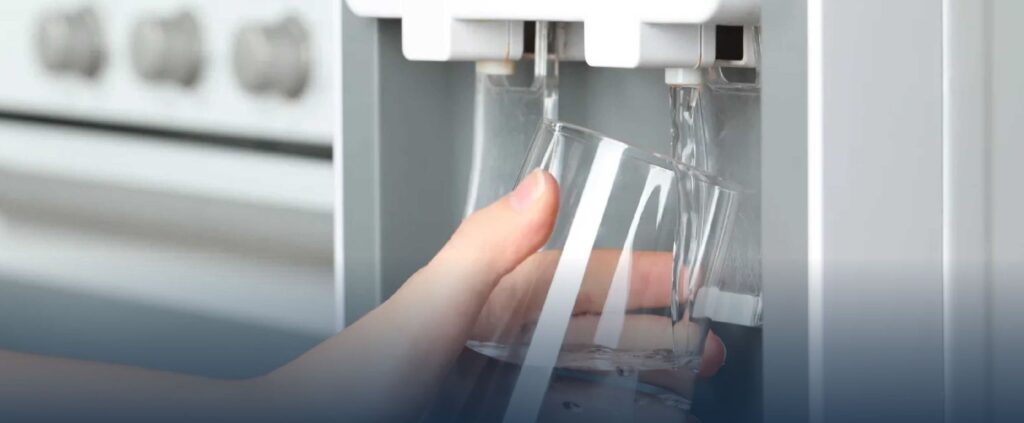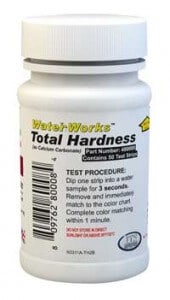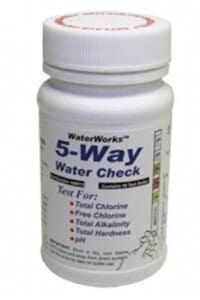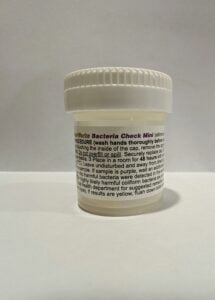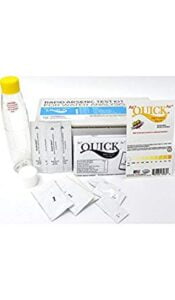~ RESIDENTIAL & RURAL SOLUTIONS ~
Test Kits
The chemical nature of water is one of the most imperative criteria that determine its’ usefulness for a precise need and as such not all waters are fit for drinking and potable purposes. Apart from fluoride, arsenic and nitrate are a few of the major water pollutants which cause large-scale health issues. Once these chemicals and pollutants find their way into our water supplies, the challenge is how to remove these unwanted chemicals and render the water fit for purpose.
We offer a range of inexpensive Water Test kits that allow you, in a few simple steps, to determine if your water contains harmful or undesirable levels of bacteria and other inorganic contaminants in your water supply. For private water supplies, it is recommended that the water tests be carried out at least every 6 months. The cost of these tests would be a fraction of the cost of sending a water sample to a laboratory. For more information on your drinking water guidelines, refer to the ADWG.
The Australian Drinking Water Guidelines (ADWG) are the primary reference on drinking water quality in Australia. They are designed to provide an authoritative reference on what defines safe, good-quality water, how it can be achieved and how it can be assured. They are concerned both with safety from a health point of view and with aesthetic quality. The ADWG are not mandatory standards, however, they provide a basis for determining the quality of water to be supplied to consumers in all parts of Australia.
When testing for specific contaminants the source water, the environment and the use of the water need to be considered. The water quality of surface water can be variable with stormwater and run off from agricultural land substantially impacting water quality like turbidity and dissolved and suspended solids. Agricultural chemicals like pesticides can find their way into our water supply and also contaminate ground and surface water. Environmental factors such as mining activities can impact your water supply including rainwater. The health risk posed by water supply from rainwater tanks in particular is often overlooked. Many Australian households rely on rainwater supply for their potable water requirements, with minimal or no treatment. The water quality of rainwater can vary greatly and contain fecal matter from animals, silt, dust, tannins and dissolved and suspended organic matter. Rainwater supply should contain at the very least sediment and activated carbon filtration, as well as a disinfection step. It is therefore critical to take frequent water samples to establish the water quality and determine the potential risks to your health.



